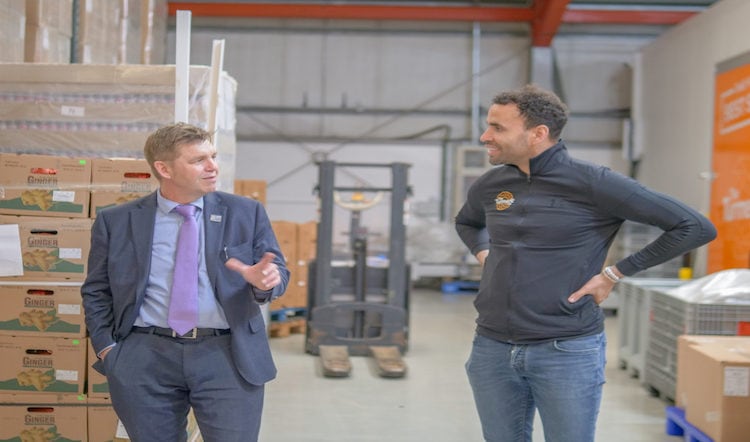Unprecedented energy costs and supply constraints together with high rates inflation are putting undue pressure on many food and drink manufacturers. These factors are challenging plans and budgets, and many manufacturers don’t have the resources to invest fully in energy and process optimisation.
How manufacturing businesses respond to external influences such as these can define success or failure. Any newfound confidence that’s come from the economic recovery from the pandemic has been overshadowed by the war in Ukraine. So facilities and resources are already stretched.
Pressure on operations
With an immediate need to increase capacity, or to flex production, pressure on operations is at an all-time high. While this offers a great opportunity to grow, a shortage of goods is driving up inflation. The approach and the speed at which businesses respond will likely determine if contracts are secured and delivered (or not).
Now is the time to challenge the ‘more of the same’ mentality when facilities are being upgraded or built. Arguably when facilities grow this is the optimum, and often only time, that capital is available to invest. Only a few years ago heat recovery was considered by many as an optional extra and large scale onsite energy generation was seldom considered. Now these are both viable, and sometime essential, either securing a return, or enabling otherwise constrained projects to be realised.
There is plenty of commentary about the role of energy with respect to carbon reduction (Net Zero, CDP), energy legislation (SECR, ESOS) and energy management. This focuses on two areas; measuring and acting on waste and determining and reducing negative impacts, or better still having positive impacts on the supply chain. Much of this waste, or rather opportunity, stems from the initial design of products, the facility that makes them, and people’s habits and behaviours.
COVID-19 illustrated that improvements are rarely made when a market shrinks. As managers and business leaders, we often wish more flexibility had been incorporated into existing facilities and processes. We realise this most when we scale down, fix overheads and find that inflexible operations erode margins. At this point we have time and space to implement change but typically no budget, because there is limited capital.
Scalable and efficient facilities
In a rush to market, flexibility and the design of complex systems might be considered an unwelcome delay. Yet a well-considered facility reduces overall project timescales and achieves results faster. Facilities that are scalable and exceptionally efficient, those which would previously be dismissed as a nice to have, now offer competitive advantage.
For example, a strategic programme can deliver a well-considered, flexible, beautiful facility which meets both the immediate and longer-term challenges of reduced energy costs, sustainability, and market uncertainty. Be it a bakery with limited electrical supplies that can recover heat and generate their own power cheaper than the grid, specifying sub metering for a cheese manufacturer to ensure steam generation is both commissioned and run as efficiently as possible, or hot water generation from air compressors; these energy centric details make a difference and can easily be incorporated at the design phase of a project.
As the cost of capital increases, those who respond quickly and build efficient flexible processes and plants will surely be more successful than those who linger or commit to more of the same. What seems certain is that the environment will change and responding to increased energy costs in a growing market, offers infinitely more return than focusing on all the negatives of energy and commodity costs.




